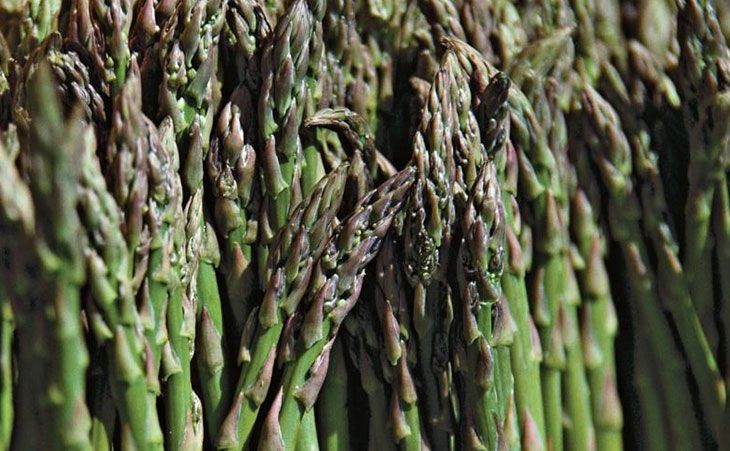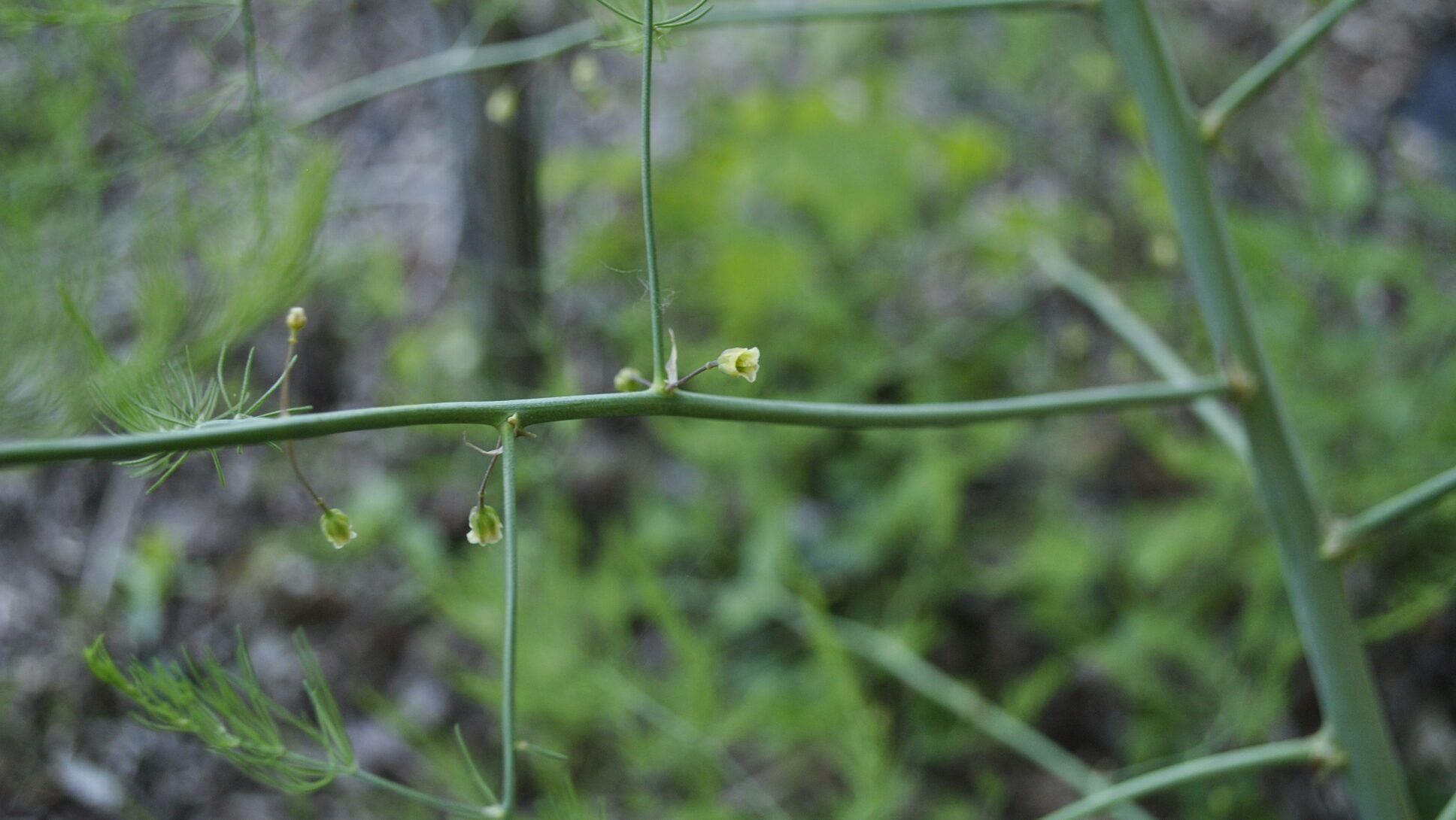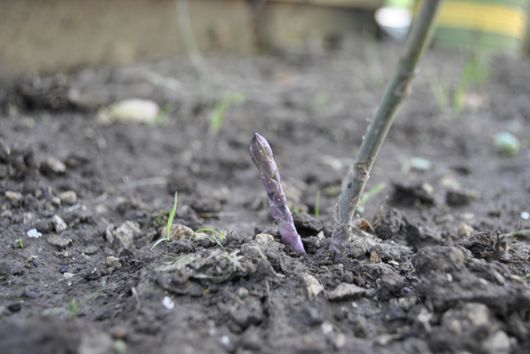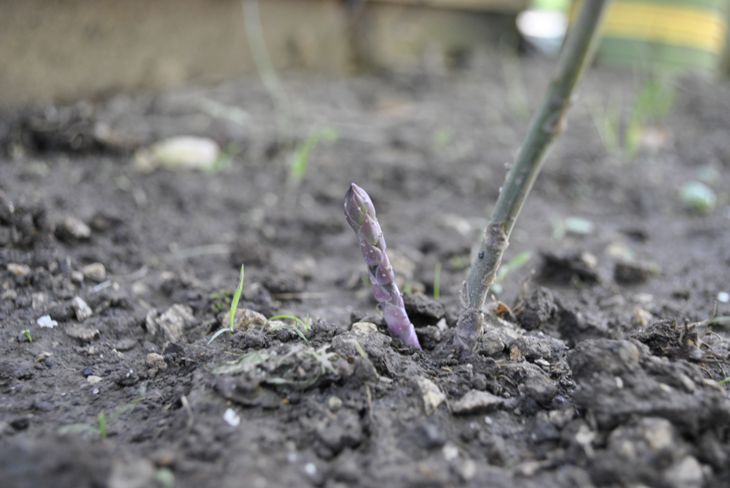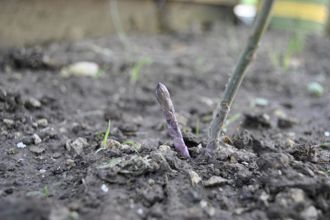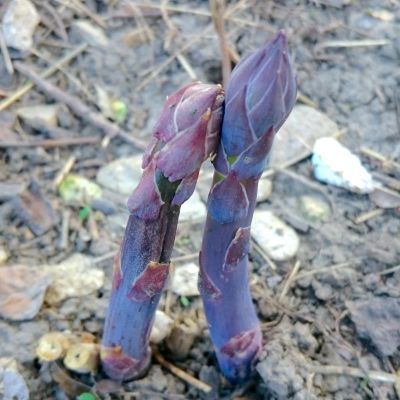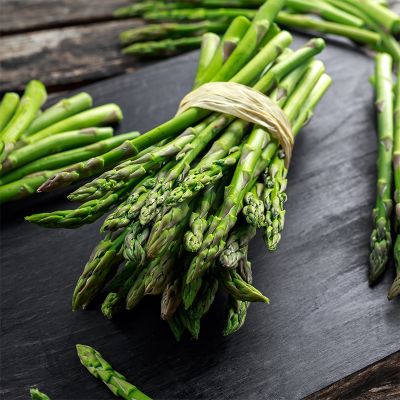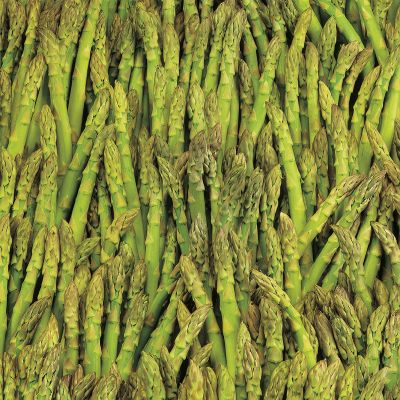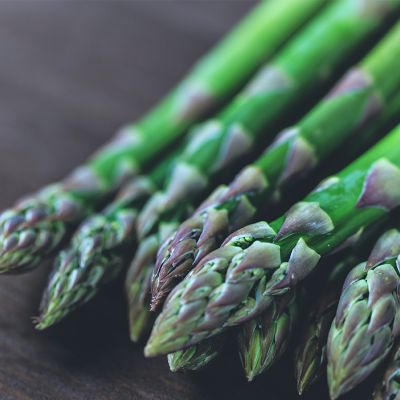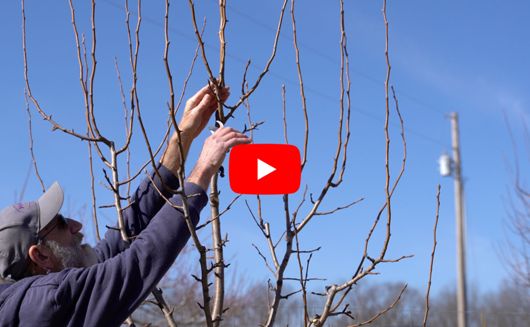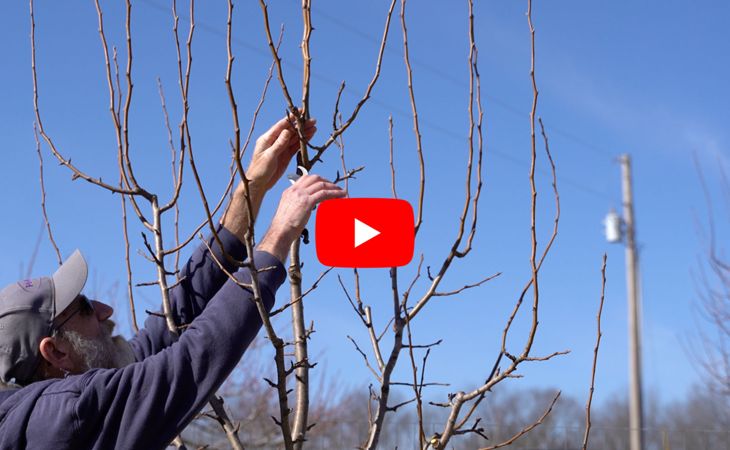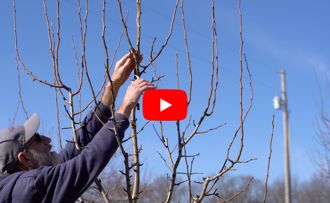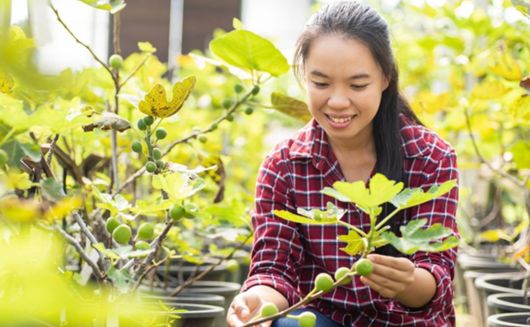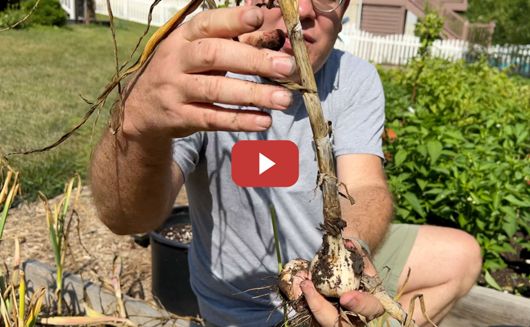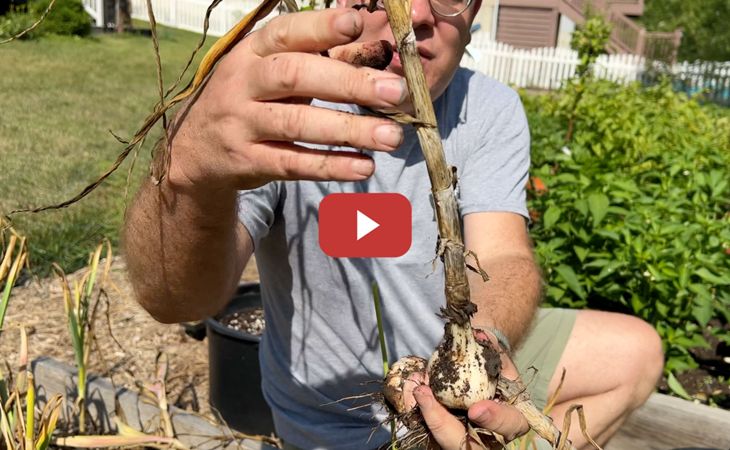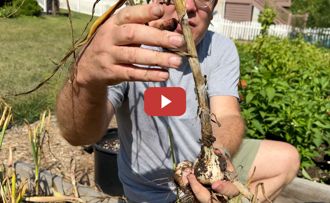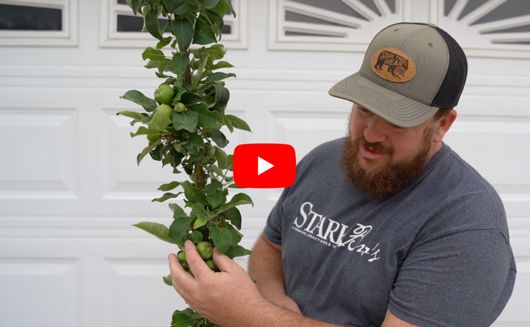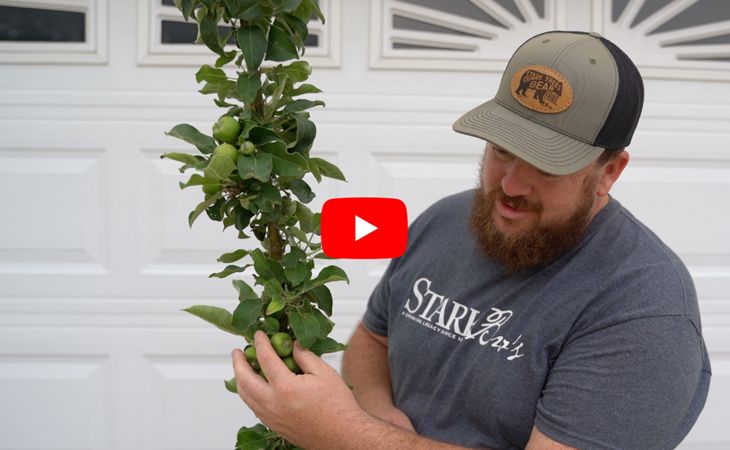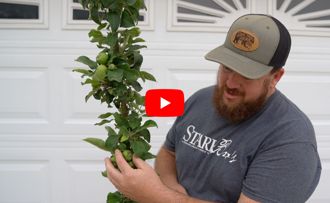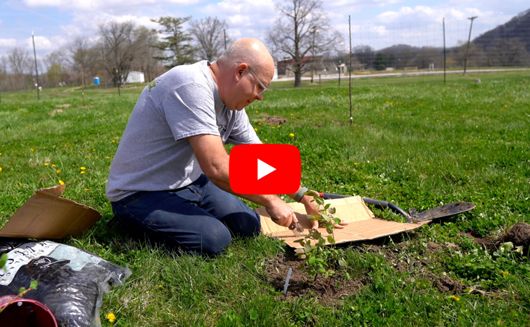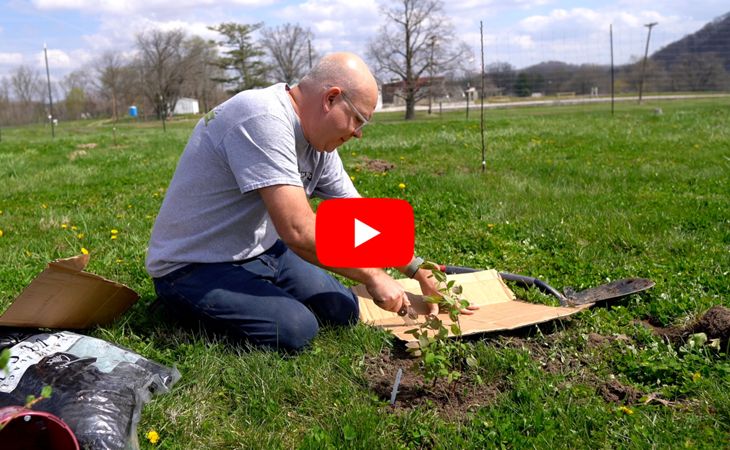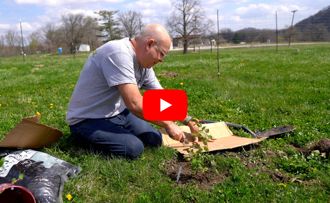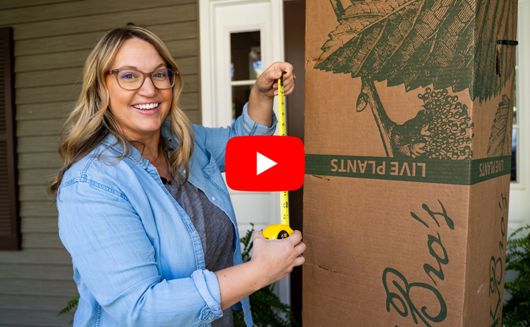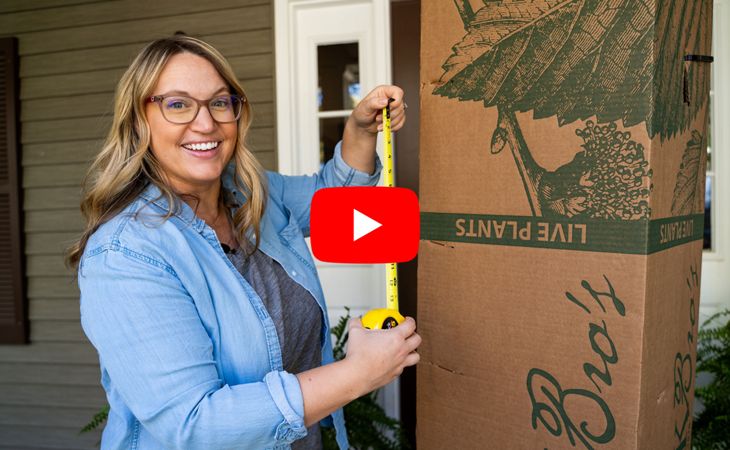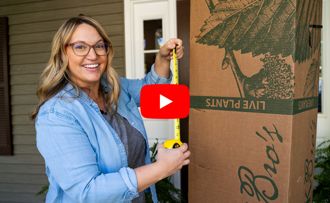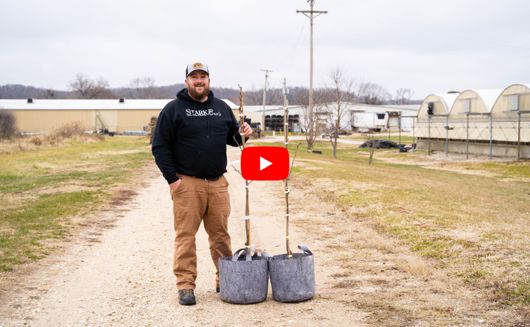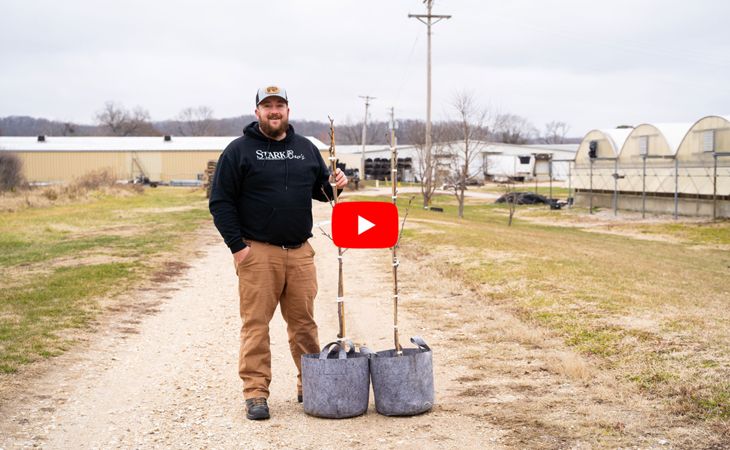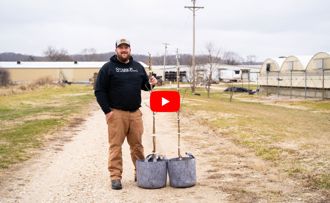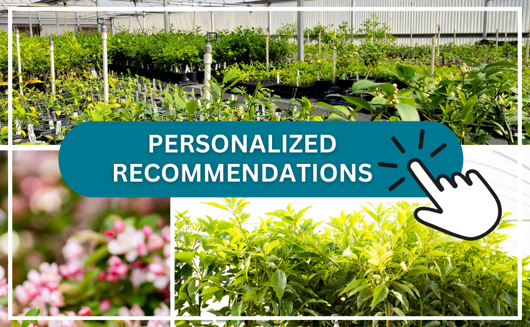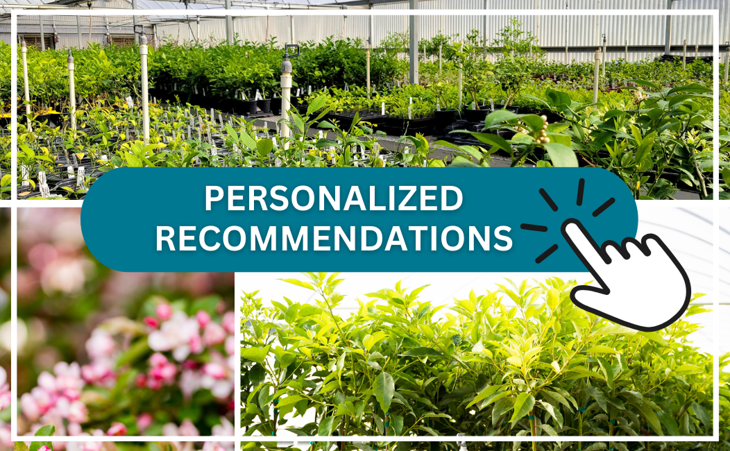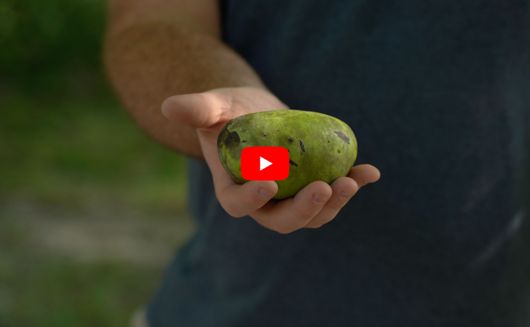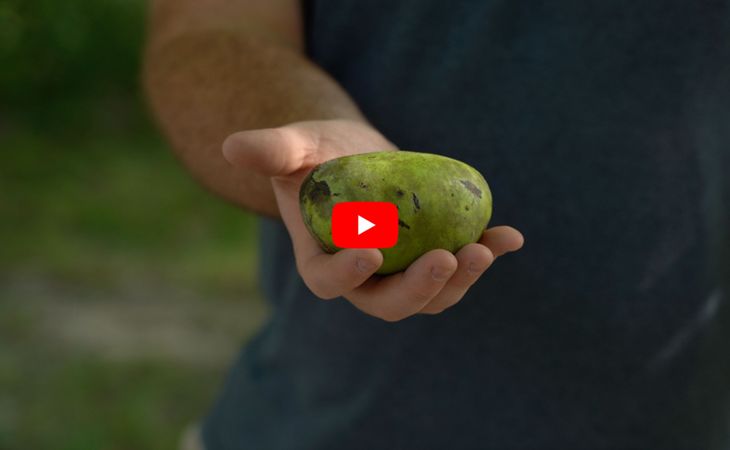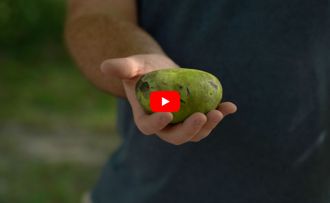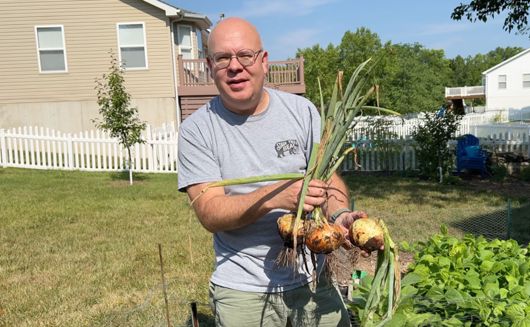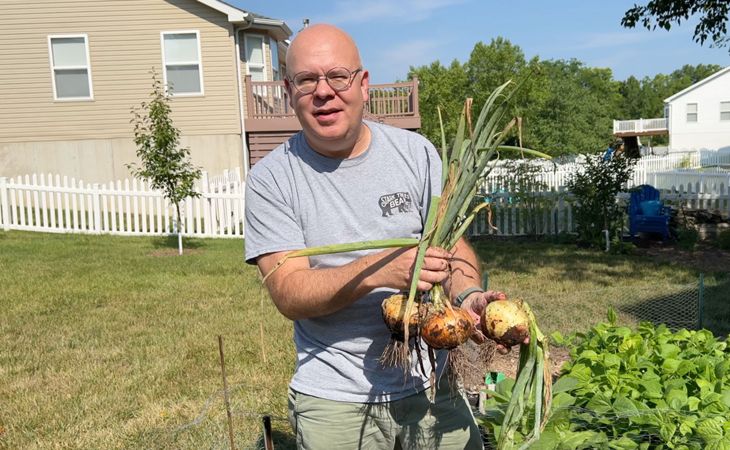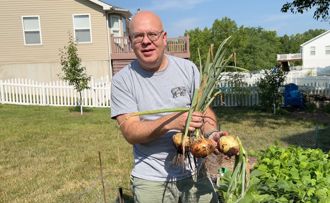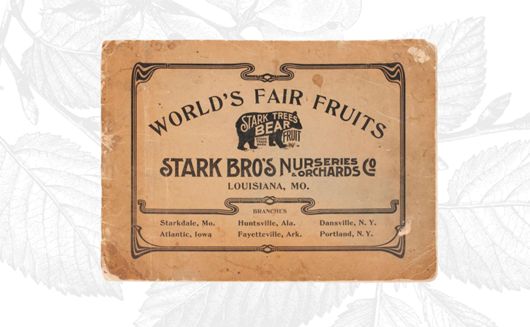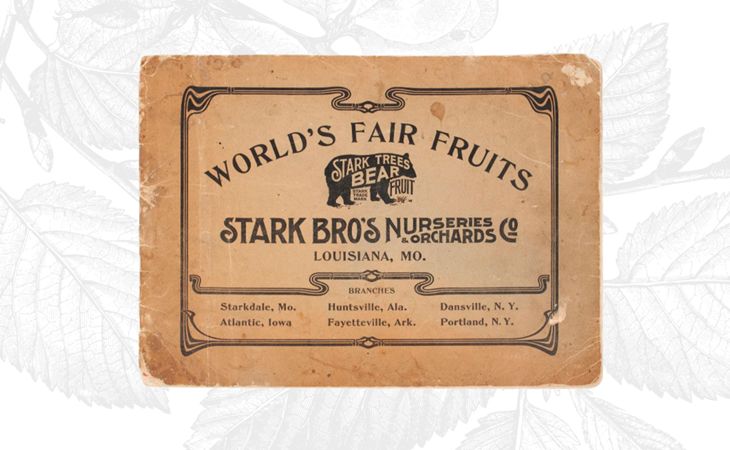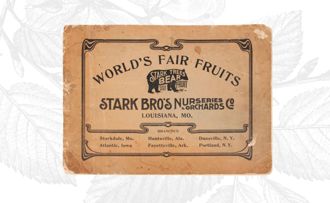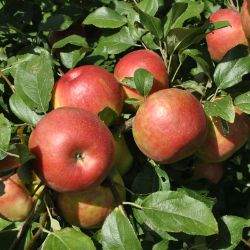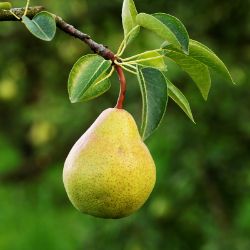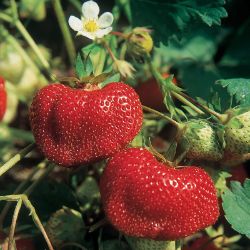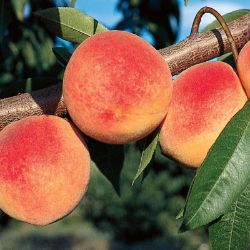Planting & Growing Asparagus
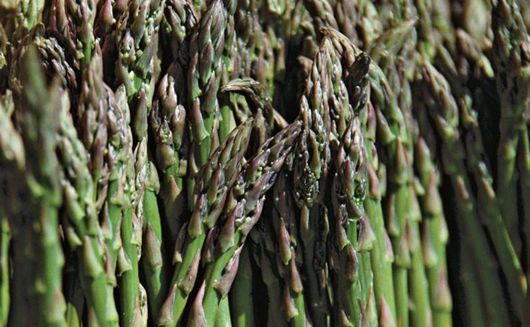
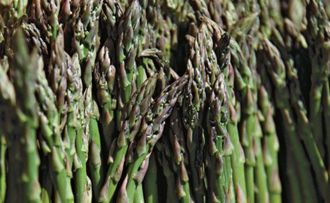
Our asparagus plants are 1-year-old, bare-root crowns. Learn how to plant asparagus with confidence and add this perennial vegetable to your home garden.
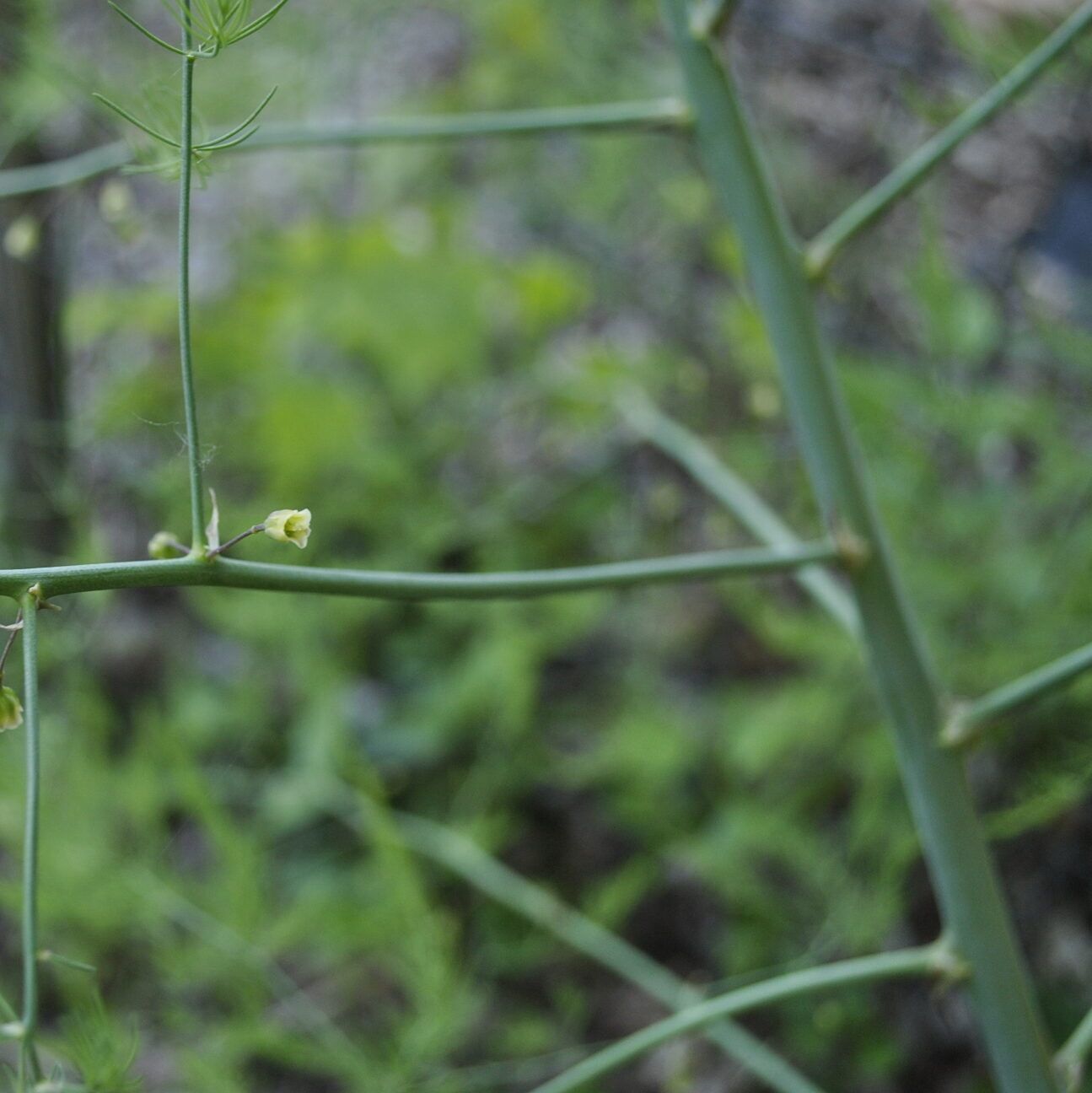
Asparagus plants are easy to grow when you start them off right. These plants thrive in a sunny, well-drained location, so be sure to select a spot that has at least 6- to 8-hours of full sunlight during the growing season. Asparagus plants can be planted in containers or raised beds as well, as long as the soil is nutrient-rich and does not retain water. The soft and feathery asparagus ferns can get quite large (3- to 4-feet tall on average!), so be sure to leave room overhead when you plant.
Things to Consider Before Planting Asparagus
When Stark Bro's ships asparagus plants, they arrive as a package of bare-root, 1-year-old crowns. Each crown (top-center of the plant) has a long root system. Remove all weeds and grass from the planting site to give your new asparagus a clean start. Separate the asparagus crowns from the bundle and soak the bare-root asparagus roots in water* for 15-30 minutes prior to planting so that they are well hydrated going into the ground.
*for a jump-start, consider soaking your asparagus in nutrient-rich organic compost- or manure-tea!
How to Plant Asparagus Plants
There are a few different approaches to planting asparagus, so choose the best one for you and your planting site. Remember that, when planting bare-root asparagus, the crown always remains toward the top of the planting hole. We'll cover one method for how to plant asparagus here, but if you have another method that works for you, by all means use it – and share with us in the comments!
- Dig the planting area at least 6- to 12-inches deep and about 12-inches wide. Space individual asparagus plants 12- to 18-inches apart for room to grow.
- If you are digging rows for your asparagus plants, they can be as long as needed for the quantity you're planting. When planting in rows, space the rows 2- to 5-feet apart or whatever is required for you to have room to maneuver around the planting site.
- After digging, but before planting, combine any soil additives needed (like compost, aged manure, fertilizer, etc.) with some of the top soil. Backfill the planting holes slightly with this topsoil mixture, creating a mound at the bottom of the hole (one that is about 3-inches thick in a 6-inch deep hole, or 8-inches thick in a 12-inch deep hole).
- Take your bare-root asparagus plants and place the crown so that the roots are spread out around all sides of the mound in the hole. If your asparagus plant's roots are cramped, consider widening the planting hole.
- Keep the crown in hand and backfill the hole until the crown is about 3- to 4-inches below the soil surface.
- Finish covering the asparagus planting and gently tamp around the soil surface to remove any air pockets. Avoid tightly packing down the soil and avoid planting in heavy soils that are prone to compacting, as these things will reduce the ability for new asparagus to emerge.
- Water thoroughly after planting and apply a generous layer of mulch – at least 4-inches thick – to help retain soil moisture and limit the need for frequent watering throughout the growing season.
- As soil settles and plants grow, add more soil, compost, and/or mulch around the planting site.
How Asparagus Grows
Asparagus is a perennial plant — one that sleeps in the winter and comes back in the spring. When it becomes dormant, you should cut exhausted plants (usually brown brittle ferns at this point) back to the soil surface and provide winter protection – like a layer of mulch or straw – to help avoid damage caused by deep-freezes or extreme changes in soil temperature. Mulch also helps keep water needs and weeds down during the growing season. Remove all weeds as soon as they appear, since these and even grass can compete for nutrients in your asparagus patch.
Harvest sizable spears in spring, leaving the smaller spears to leaf-out and gather nutrients to support the root system.
Read more about growing your own asparagus plants:
- Article Categories:
- How To Grow

